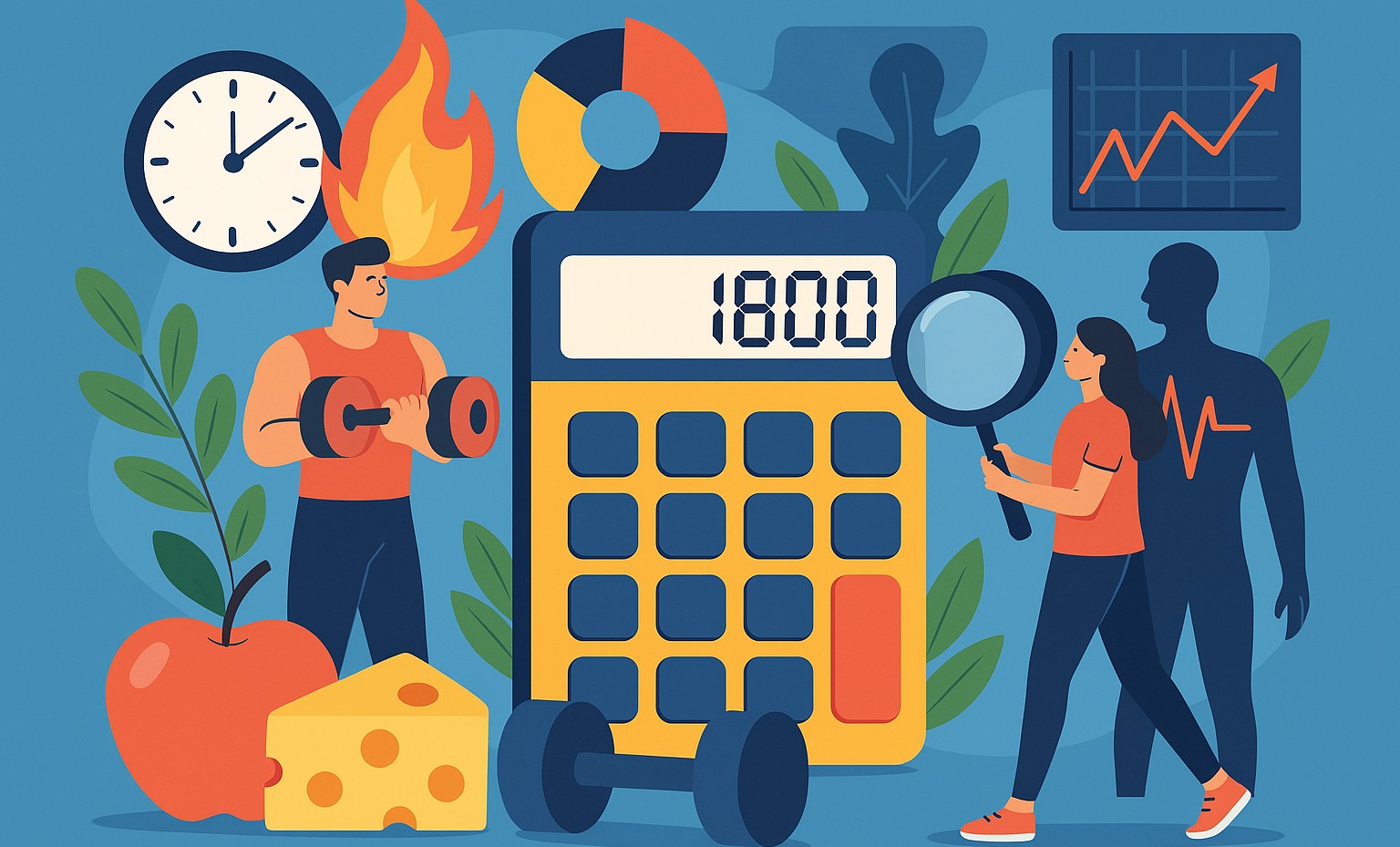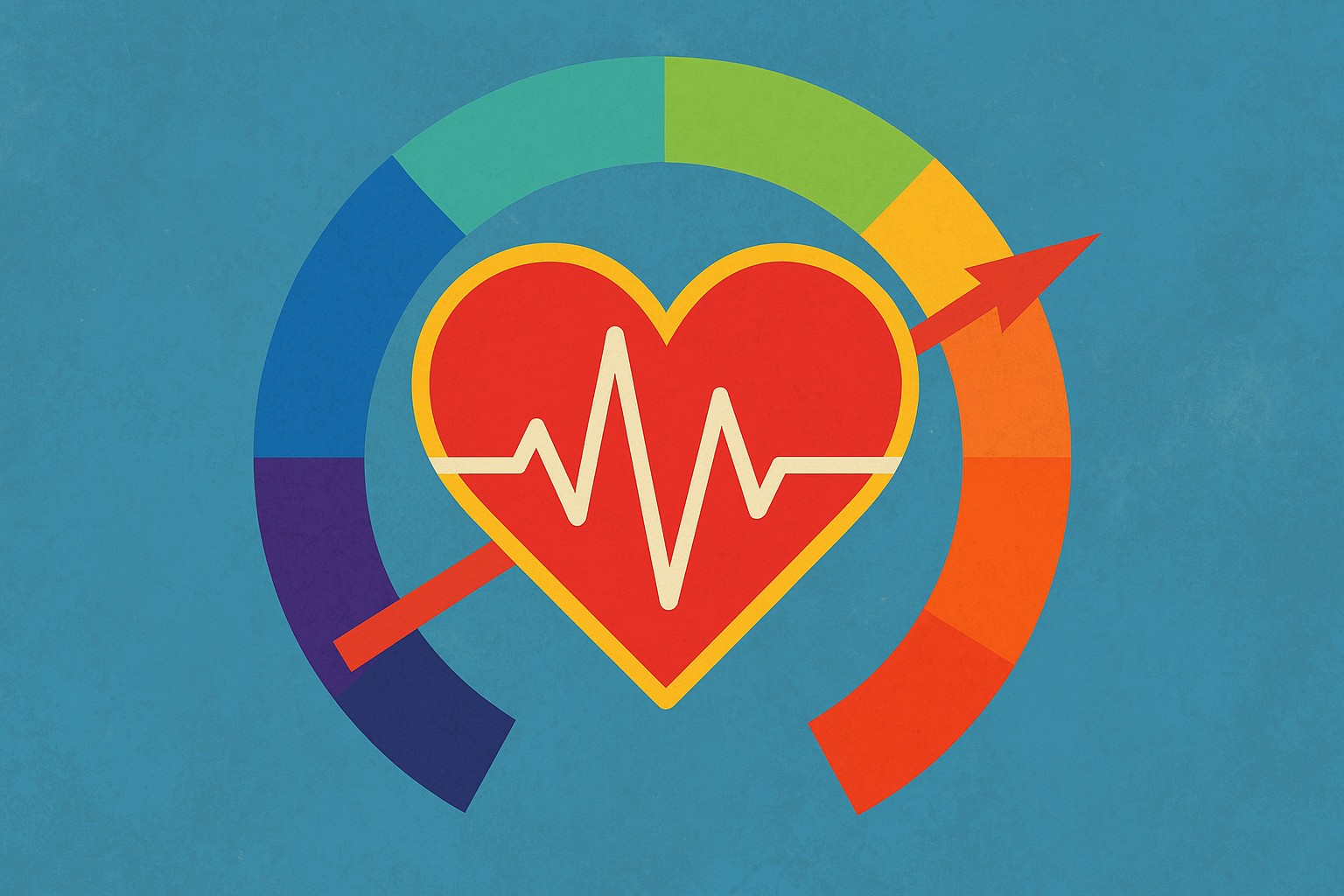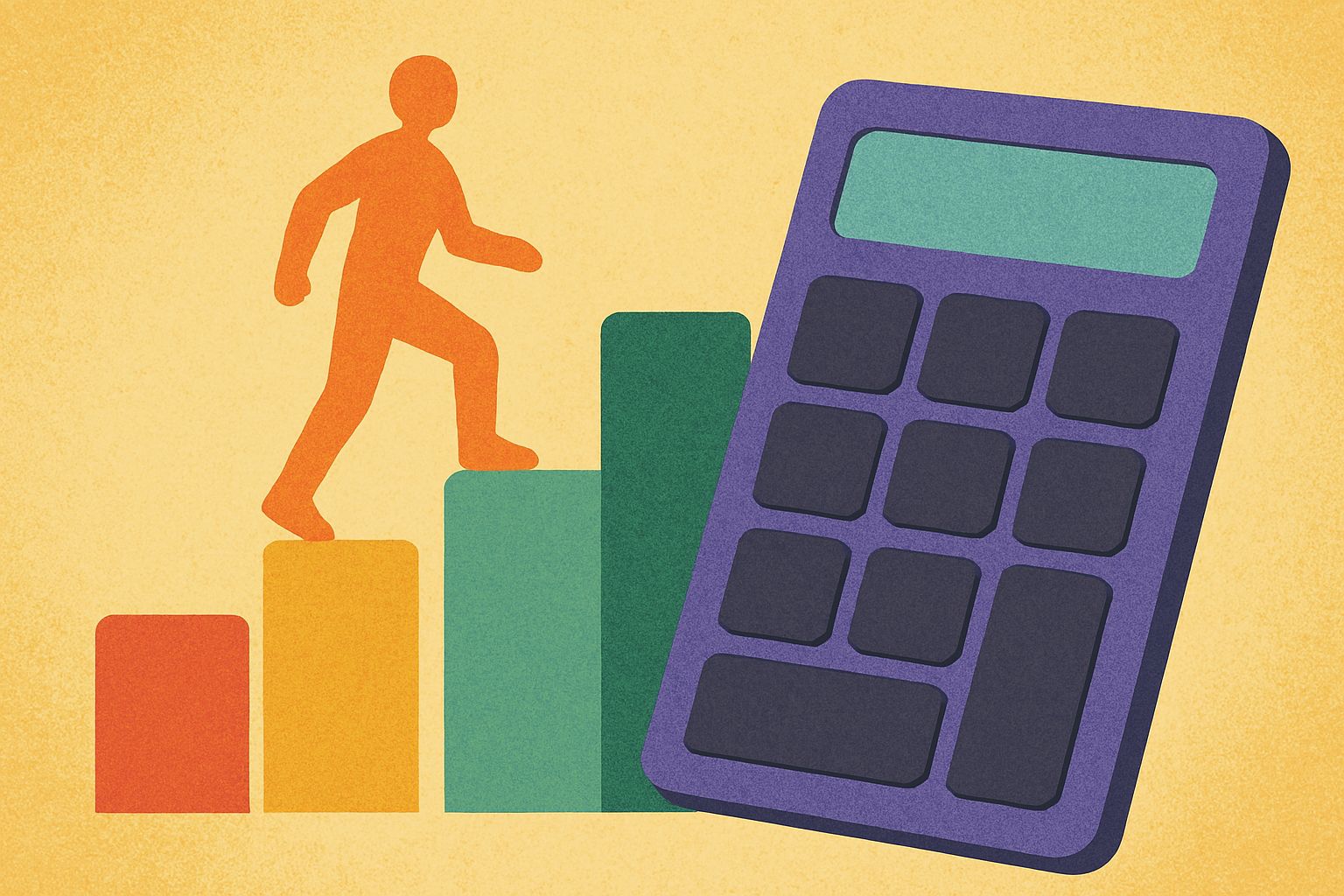Discovering the Power of Your BMR: A Journey to Understanding Your Body’s Energy Needs
Ever wondered why some people seem to burn more calories at rest while others gain weight despite minimal food intake? The answer lies in your Basal Metabolic Rate (BMR). Your BMR is the key to unlocking the mysteries of your body’s energy needs. Understanding your BMR can offer profound insights into how your body functions, and can be a powerful tool in achieving your health and fitness goals.
Knowing your BMR is like getting the blueprint of how your body operates when it’s in a state of rest. It’s essential information for anyone interested in managing their weight, boosting energy levels, or understanding how much energy they need to function optimally throughout the day. Let’s dive deeper into what BMR is, how it’s calculated, and how this vital information can be used to take control of your health and wellness journey.
BMR Calculator
What Is BMR?
Your Basal Metabolic Rate, or BMR, refers to the number of calories your body needs to maintain basic functions like breathing, circulating blood, controlling body temperature, and supporting brain activity while at rest. In other words, it’s the energy required to keep your body alive and functioning without any extra physical activity.
Think of your BMR as the baseline of your energy needs. It’s the amount of energy your body needs just to sustain life—no exercise, no movement, just the essentials. For example, if you were to lie in bed all day doing nothing but existing, the number of calories your body burns to stay alive would be your BMR.
Several factors influence your BMR, such as your age, sex, weight, height, and muscle mass. These factors determine how many calories your body burns at rest and can help you understand why some people have a higher or lower metabolism than others. By calculating your BMR, you gain valuable insight into your body’s energy requirements and can tailor your diet and exercise routine accordingly.
How Is BMR Calculated?
BMR can be calculated using various methods, but the most commonly used are the Harris-Benedict Equation and the Mifflin-St Jeor Equation. These formulas take into account your weight, height, age, and sex to estimate your BMR. While they are estimates and don’t take into account all factors that can influence metabolism (such as genetics or lifestyle), they provide a reliable starting point for understanding your body’s energy needs.
Harris-Benedict Equation
The original Harris-Benedict Equation was developed in the early 20th century and has been widely used ever since. It’s a bit outdated but still provides a decent estimate for many people. The equation is different for men and women.
A more modern and widely accepted formula, the Mifflin-St Jeor Equation, is considered more accurate for most people today. Like the Harris-Benedict Equation, it also uses your sex, weight, height, and age.
These equations offer a simple way to calculate your BMR, but it’s important to note that your BMR is not the end of the story. To get a more comprehensive understanding of how many calories your body needs, you need to factor in your physical activity level.
Why Is BMR Important?
Understanding your BMR is crucial for anyone who wants to take control of their health and wellness. It provides a foundational understanding of how many calories your body needs to perform its basic functions. From there, you can tailor your calorie intake to suit your specific goals, whether that’s weight loss, maintenance, or muscle gain.
If your goal is to lose weight, knowing your BMR is vital. To lose weight, you need to create a calorie deficit, which means consuming fewer calories than your body burns. However, if you eat too little and fall below your BMR, your body may enter starvation mode and slow down your metabolism to conserve energy. By knowing your BMR, you can make sure you’re eating enough to fuel your body properly, while still being in a safe calorie deficit for weight loss.
For those aiming to gain muscle, knowing your BMR helps in ensuring that you’re consuming enough calories to support muscle growth. By consuming a calorie surplus, you give your body the extra energy it needs to build lean muscle mass, which can then boost your BMR over time, since muscle burns more calories at rest than fat does.
How to Use Your BMR for Weight Management
Once you know your BMR, the next step is to calculate your Total Daily Energy Expenditure (TDEE). This is the total number of calories you burn in a day, factoring in your activity level. TDEE is the sum of your BMR and the calories burned through physical activity.
Your activity level can be categorized as follows:
Sedentary (little to no exercise)
Lightly active (light exercise or sports 1-3 days a week)
Moderately active (moderate exercise or sports 3-5 days a week)
Very active (hard exercise or sports 6-7 days a week)
Super active (very hard exercise, physical job, or training twice a day)
By multiplying your BMR by an activity factor, you can estimate your TDEE. Here’s how the math works:
Sedentary: BMR × 1.2
Lightly active: BMR × 1.375
Moderately active: BMR × 1.55
Very active: BMR × 1.725
Super active: BMR × 1.9
Once you have your TDEE, you can adjust your calorie intake based on your goals. To lose weight, aim for a calorie deficit (usually 500-1,000 calories below your TDEE). For muscle gain, aim for a calorie surplus (usually 250-500 calories above your TDEE).
The Role of Muscle Mass in BMR
Muscle mass plays a significant role in your BMR. The more muscle mass you have, the higher your BMR will be. This is because muscle tissue requires more energy to maintain than fat tissue. As a result, individuals with higher muscle mass tend to burn more calories at rest, even when they’re not engaging in physical activity.
This is why strength training and building muscle should be a part of any fitness regimen. Not only does building muscle improve your body composition, but it also boosts your metabolism, helping you burn more calories throughout the day. Incorporating resistance exercises into your workout routine is one of the most effective ways to increase your BMR in the long term.
How to Use Your BMR for Optimal Health
While BMR is an essential part of understanding your body’s energy needs, it’s just the beginning of optimizing your health. Knowing your BMR and adjusting your diet and exercise routine accordingly is one piece of the puzzle. However, there are other factors that can influence your metabolism and overall health, such as sleep, stress levels, hydration, and hormonal health.
Sleep is a critical factor in maintaining a healthy metabolism. Lack of sleep can disrupt hormones that regulate hunger and metabolism, leading to overeating and weight gain. Stress also plays a significant role in metabolism, as chronic stress can lead to elevated cortisol levels, which may cause weight gain, particularly around the abdominal area.
Hydration is another essential factor in supporting metabolic health. Dehydration can slow down your metabolism and affect your energy levels, making it harder to maintain a healthy weight. Drinking plenty of water throughout the day can keep your body functioning optimally and help your metabolism stay in top shape.
The Takeaway: Your Body’s Energy Blueprint
Understanding your BMR gives you a window into how your body uses energy, providing a powerful tool for managing your health. Whether you want to lose weight, build muscle, or simply improve your overall well-being, knowing your BMR is the first step toward making informed decisions about your diet and exercise routine.
By calculating your BMR and factoring in your activity level, you can get a clearer picture of how many calories your body needs to function properly. This knowledge allows you to set realistic goals, create a balanced diet plan, and engage in a workout routine that supports your personal health aspirations.
So, the next time you wonder why your body behaves the way it does or feel stuck in your fitness journey, remember that your BMR is a powerful tool in understanding your body’s unique energy needs. Embrace it, use it to your advantage, and start taking control of your health in a way that works for you.




